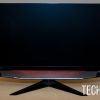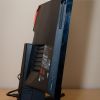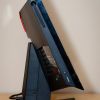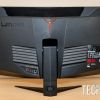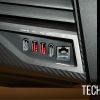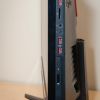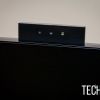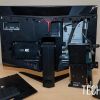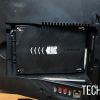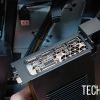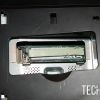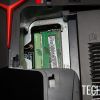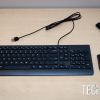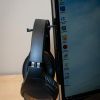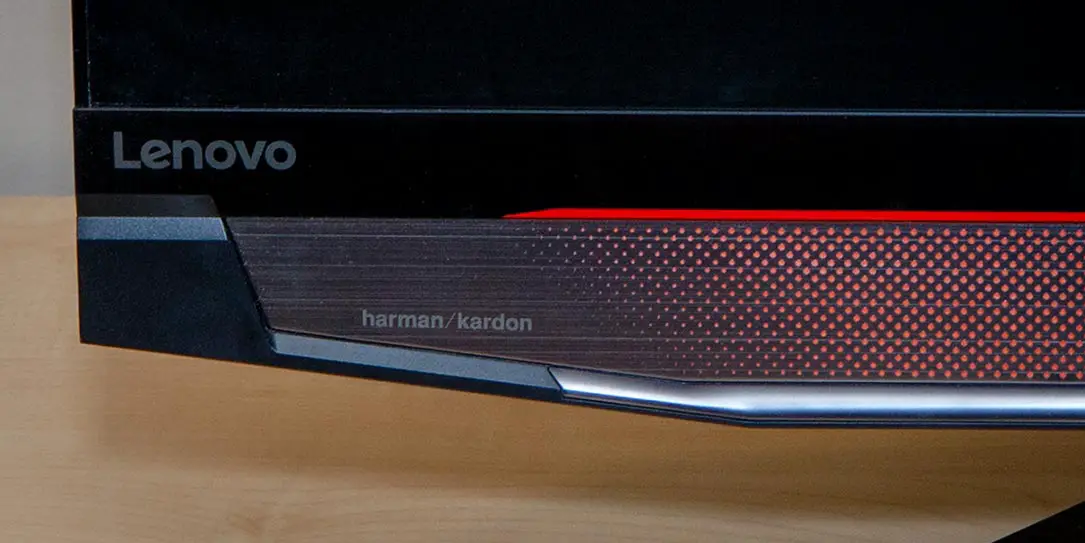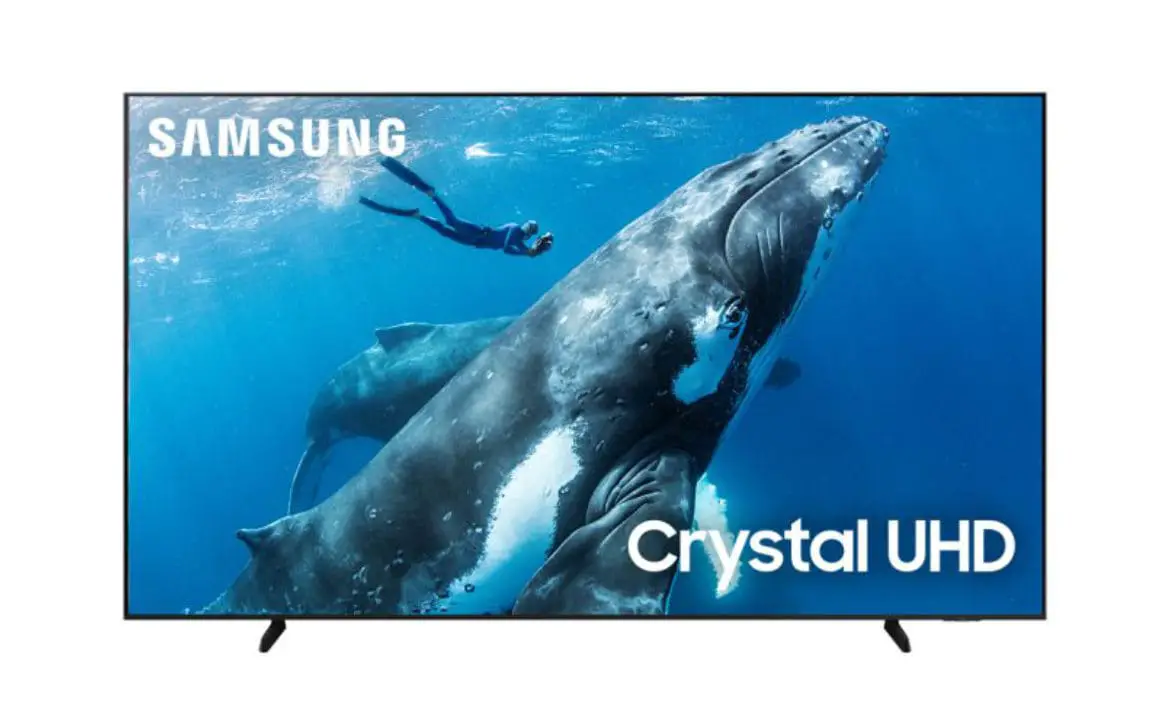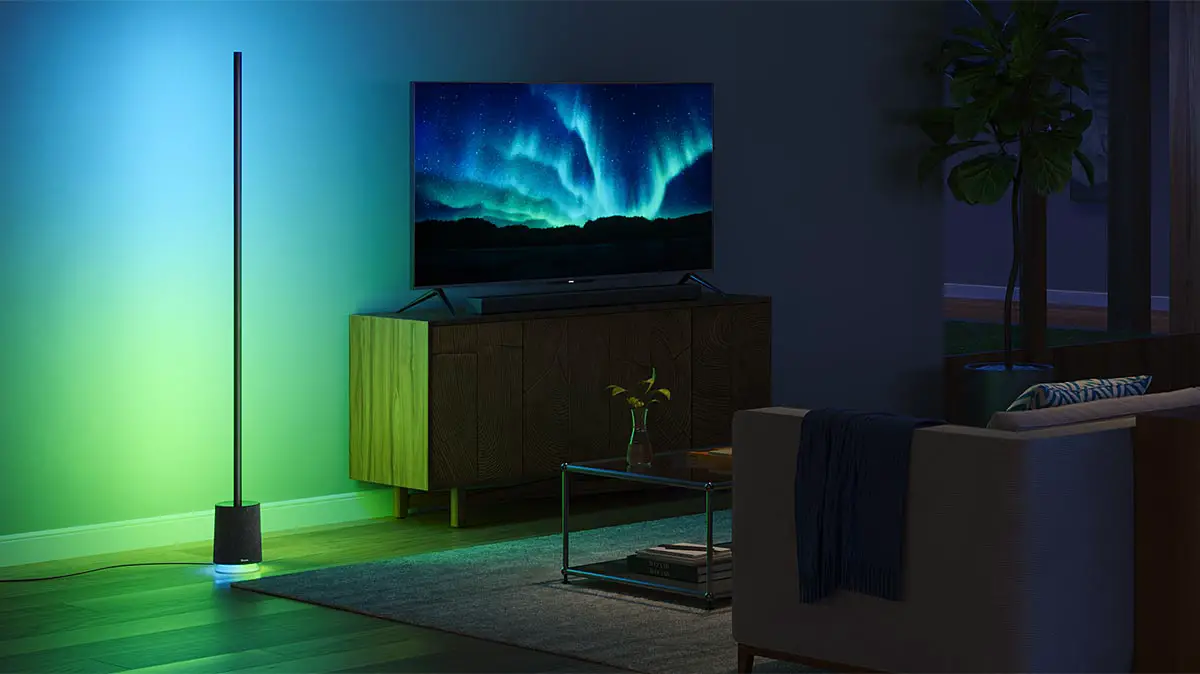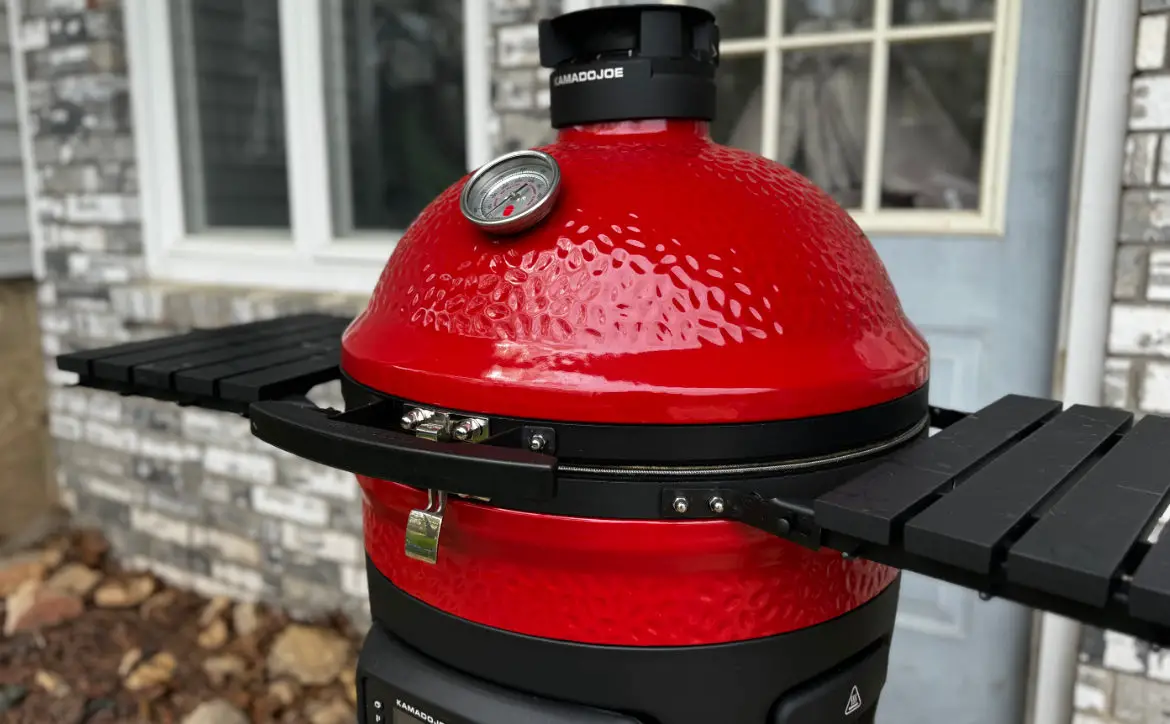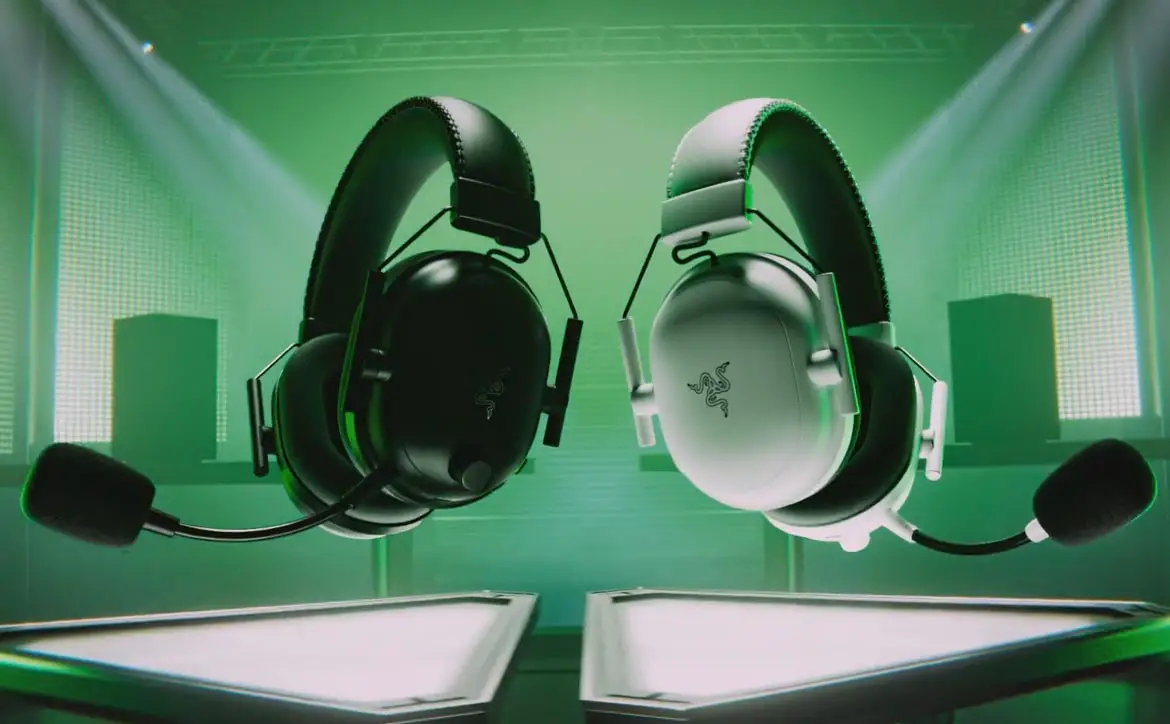Gone are the days which require a fancy tower and extra monitor for desktop gaming. While that’s still a viable option, not everyone has the space for a desktop and monitor, or patience to build their own gaming rig. Our Lenovo IdeaCentre AIO Y910 review takes a look at an all-in-one solution with top-notch specifications that is excellent for gaming with a more compact footprint.
Specifications
The Lenovo AIO Y910 (as reviewed) has the following features and specifications:
- Processor: Intel Core i5-6500 (3.2 GHz) (up to Intel Core i7 available)
- Graphics: NVIDIA GeForce GTX 1070 (up to NVIDIA GTX 1080 (8GB DDR5) available)
- Memory: 12 GB DDR4 2400 (up to 16GB available)
- Storage: 128GB (NVMe SAMSUNG MZVLV128), 1TB HDD (up to 256GB SSD, 2TB HDD available)
- O/S: Windows 10 Home
- Display: 27″ (2560×1440) QHD IPS
- Optical Drive: DVD Recordable
- Audio Support: 7.1 Channel Dolby Audio, 2 x 5-Watt Harman Kardon Speakers
- Networking: Killer LAN, Killer Wireless-n/a/ac 1535
- Front Ports
- 6-in-1 Card Reader (SD/SDHC/SDXC/MMC plus/MMC/MS/MS_Pro)
- 4x USB 3.0 (1st port support always-on USB charging)
- Audio/Microphone Jack
- Rear Ports
- 2x USB 2.0
- 1x HDMI out
- 1x HDMI in
- 1x RJ45 Gigabit LAN
- PSU: 625 Watt
- Weight: Starting at 27 lbs (12.24 kg)
What’s in the Box
- Lenovo IdeaCentre AIO Y910
- Keyboard
- Mouse
- Power cord
- Quick Start Guide
- Safety, Warranty, Environment, Recycling Information Guide
Design
The Lenovo IdeaCentre AIO Y910 looks pretty much like a thick monitor, and at a glance, you probably wouldn’t even suspect it was an all-in-one computer. The front 27″ display portion of the AIO Y910 has very thin bezels. Below the display is a thicker base piece which has the Lenovo logo in the upper left and the ideacentre wordmark in the lower right. Inset into the middle of this base piece is the gunmetal coloured speaker grille with holes cut out which have a red plate behind them which shines through for a sleek look that is finished off by the angled bottom edge. The Harman/Kardon logo is on the lower left hand side of the speaker grille. At the top of the display is a push-down camera which has Intel RealSense technology and allows you to login using facial recognition and Windows Hello.
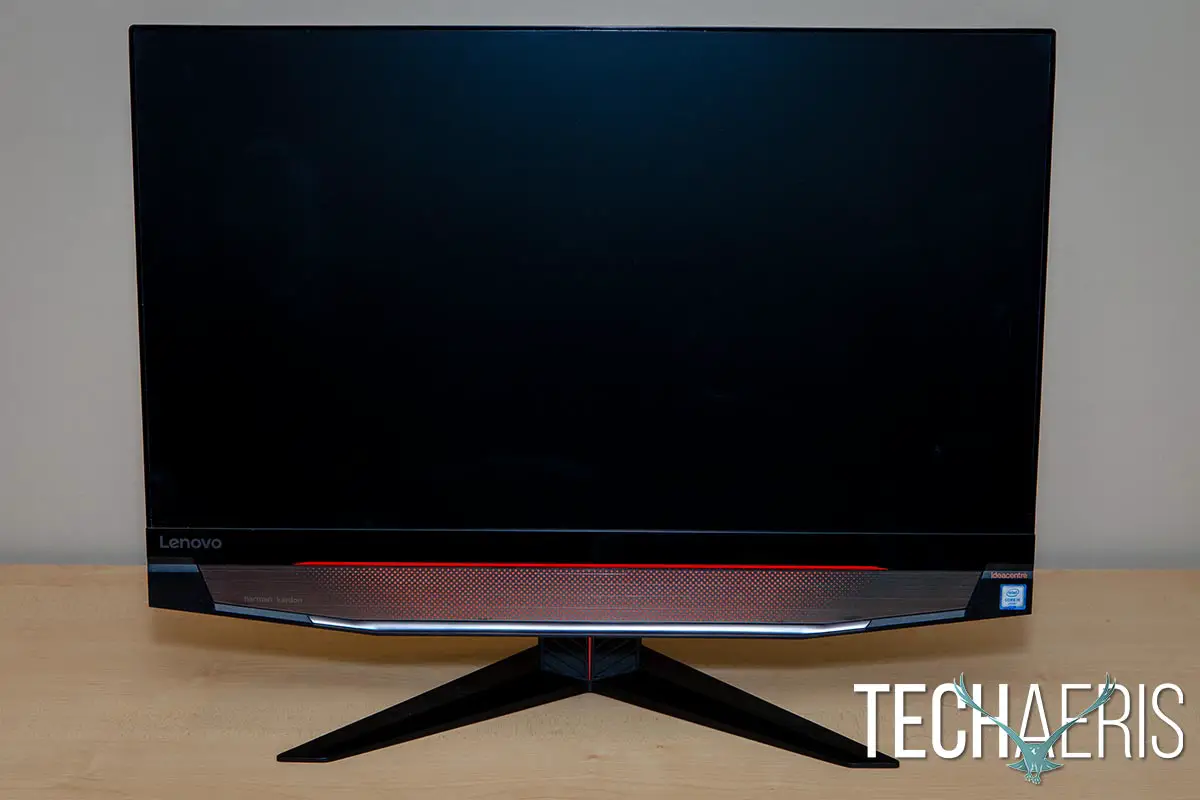
On the left side of the IdeaCentre AIO Y910, you’ll find the power button, screen mode button, and a headphone hook. The screen mode button allows you to toggle the AIO between a full blown computer and “instant display” technology which allows you to connect any device via HDMI and use your AIO as a monitor. The right side is where you’ll find the DVD drive and most of your ports including four USB 3.0 ports, microphone jack, headset/microphone combo jack, and the 6-in-1 card reader.
On the back of the computer you’ll find 2 USB 2.0 ports, HDMI out and HDMI in ports, and an RJ-45 LAN port. The power plug sits in the middle of the stand. The Y910 also tilts up and down, allowing for optimal viewing angles depending on your setup.
As with most AIOs, the Lenovo IdeaCentre AIO Y910 ships in two pieces. In this case, the main unit and part of the base are one piece, and the metal stand feet consists of the second part. The feet attach to the bottom of the base and are screwed in place with two screws. Once screwed in place, a rubber flap covers the screw and coupled with the rubber pads at the end of each foot providing a soft but grippy surface that rests on your desk or table.
Just because the Y910 is an all-in-one, don’t think for a minute that you’re stuck with what you’ve purchased. I have to give big props to Lenovo for the ease of which you can remove the back panels and access the hard drives, RAM, and video card. All of these can be swapped out and upgraded with relative ease should you choose to do so at a later time. our review unit came equipped with a 128GB SSD, 1TB HDD, 12GB of RAM, and the NVIDIA GeForce GTX 1070 which should do you for awhile, but there is also a version available with a 256GB SSD, 2TB HDD, 16GB of RAM, and the NVIDIA GeForce GTX 1080 if you want to go even beefier out of the gate.
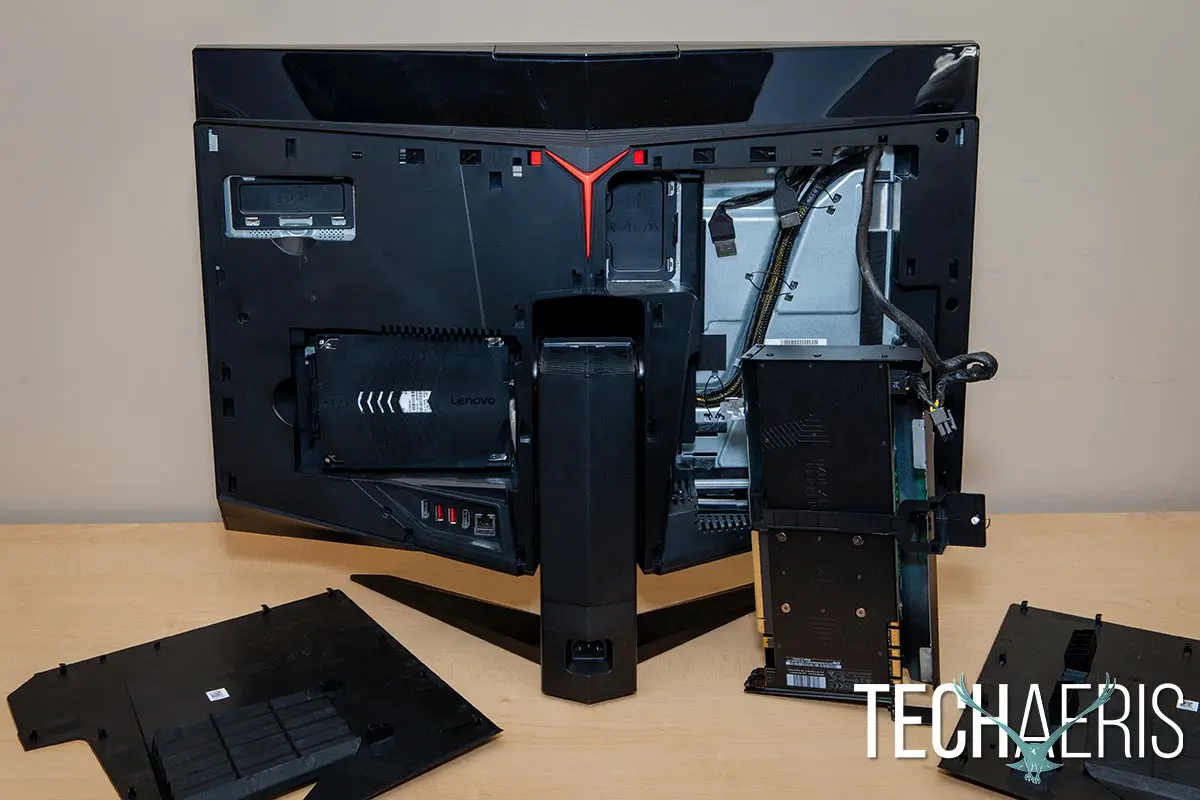
The computer does come with a keyboard and mouse. For basic typing and office tasks, the keyboard and mouse were fine. Considering this is a gaming machine you’ll most likely want to pick up a gaming mouse and keyboard to maximize your gameplay.
Display
The 27″ QHD (2560×1440) display is crisp and clear, and perfect for the screen size. The default colour representation is decent albeit a bit on the saturated side with the default settings, and the resolution is perfect for the screen size with apps and games rendering very nicely. In addition to being QHD resolution, the screen on the Lenovo IdeaCentre AIO Y910 also supports 144Hz, which adds smoothness during gameplay. Given the size of the AIO Y910, it’s nice to have a display with small edge bezels as well.
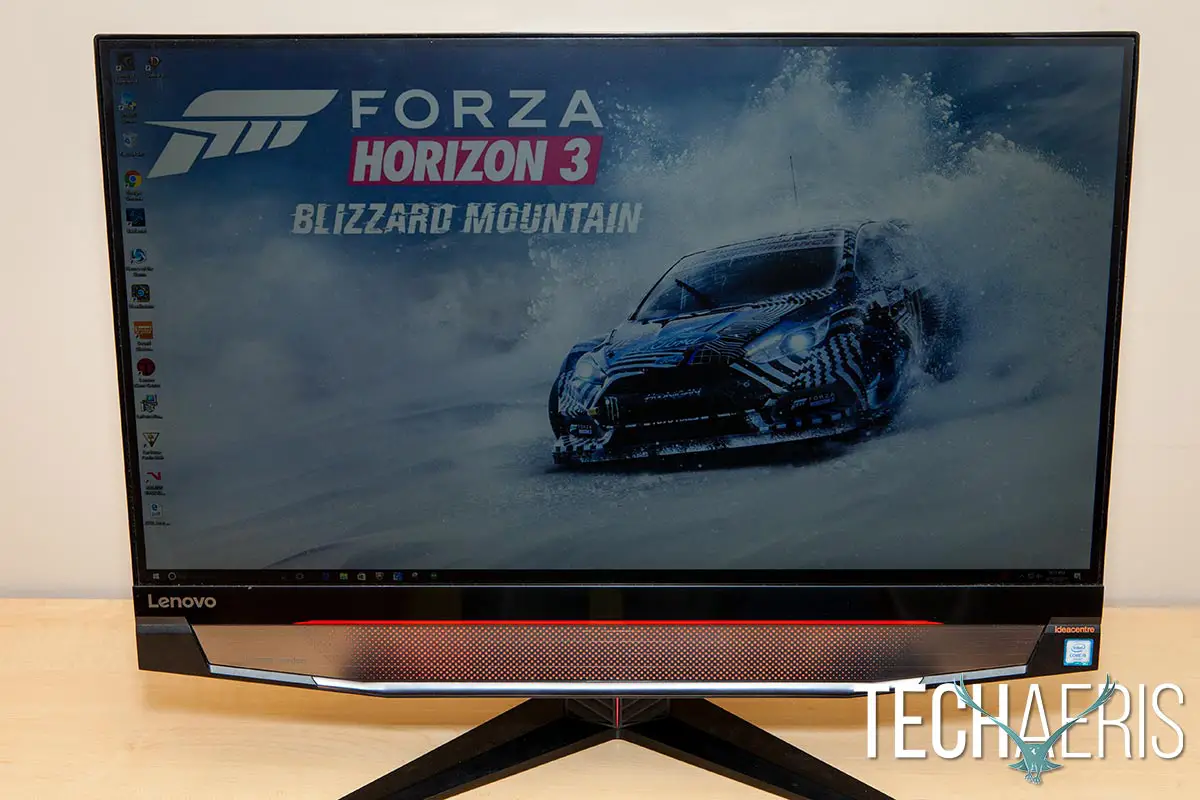
In addition, the display can be used as a secondary display from a laptop as well. During testing, this worked great. Simply plug an HDMI cable into the HDMI in port and press the HDMI switch button on the left side of the Y910. While this is a handy feature, I’m not quite sure why you’d want to use a system this powerful as a second monitor, but in any case it worked as intended with no issues.
Software/Ecosystem
The Lenovo IdeaCentre AIO Y910 ships with Windows 10 Home and has Windows Hello with the included camera. In our past reviews, we’ve mentioned numerous times that Windows 10 is a decent operating system and runs games and applications just fine. As far as your default installed applications, the AIO Y910 ships with Lenovo Companion, Lenovo Account, Lenovo Nerve Centre, Driver & Application Installer, and a McAfee trial pre-installed. The Lenovo Companion helps in keeping your system up to date, while the Lenovo Nerve Centre gives you extra gaming options including allowing you to enable Turbo mode giving your CPU and RAM a bit of a boost while gaming.
Performance
As far as performance goes, the Lenovo IdeaCentre AIO Y910 is one beefy machine. When running Heroes of the Storm on Extreme settings with everything maxed, the AIO Y910 is able to maintain 75 fps during full battles, and upwards of 125 fps during other portions of the game. One of my favourite games to test due to its high requirements is, of course, Forza Motorsport 6: Apex. Needless to say, this machine handled it quite well on High settings at 3620×2036 resolution, staying steady at 70-72 fps. Wait a minute, that’s a higher resolution than the display screen? That’s because the video card uses NVIDIA’s DSR — Dynamic Super Resolution — which renders in a higher resolution than your display can show and then scales it down which is supposed to provide an even better image. To be honest, I can’t really tell the difference. For the sake of argument, running at its native resolution of 2560×1440, Forza Motorsport 6: Apex ran at similar framerates between 70-72 fps. Toss the game up to Ultra settings and the framerate ranged between 65-71 fps and hovered around 69fps for the most part. Either way, the game looked really sharp and smooth, especially with the 144Hz refresh rate.
While it’s marketed as a gaming rig, even with the Intel Core i5 and 12GB of RAM, it handles programs like Adobe Photoshop and Premiere with ease, especially with and SSD drive as your primary drive. Of course, you’ll get a nice boost over these stats with an i7 and 16GB of RAM for both gaming and productivity.
Speakers/Sound
Sporting a pair of 5-Watt Harman Kardon Speakers with software support for 7.1 Channel Dolby Audio, the speakers on the AIO Y910 are quite loud and clear sounding. Unfortunately, there’s not a lot at the lower bass end of the spectrum resulting in an overall flat sound during some music, movies, and gameplay. The Dolby Audio has Movies, Music, and Game presets and there are very subtle differences. You can also fully personalize the equalizer as well but no amount of fiddling and toggling the Virtual Surround and Volume Equalization on and off provided a sound I was happy with. While it’s not the end of the world, it would be nice to have a broader range especially considering they are Harman Kardon speakers.
Camera
As far as desktop cameras go, the camera in the IdeaCentre AIO Y910 works well enough for video calls, streaming while broadcasting, and it works great when coupled with Windows Hello to log in to the computer using facial recognition. In addition, the ability to slide the camera completely into the top of the unit is a nice privacy feature.
Price/Value
With an MSRP of $1799.99USD, our review unit is definitely worth it. Still, for $2299.99USD you get twice the hard drive space, an i7 processor, the NVIDIA GeForce GTX 1080 video card, and 16GB RAM. While the value is there for the i5 version, if you can afford it I’d definitely recommend getting the i7 version to avoid having to upgrade sooner.
Wrap-up
The Lenovo IdeaCentre AIO Y910 definitely steps out of the stereotypical all-in-one mold. If you’re short on desktop space, the AIO Y910 offers the same performance as a desktop and is just as easy to upgrade down the road should you need to.
[rwp-review id=”0″]
